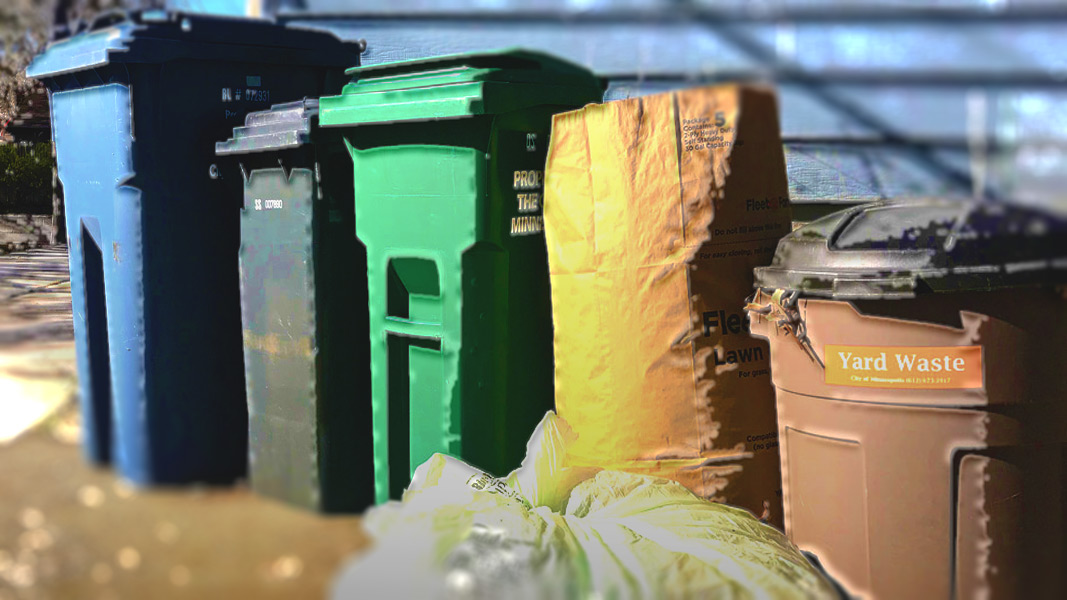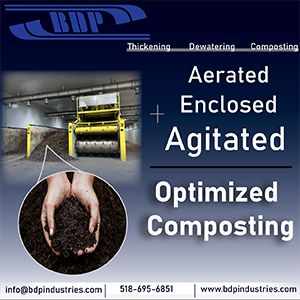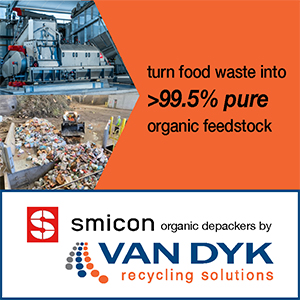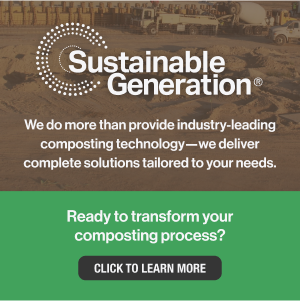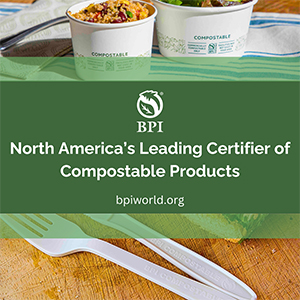Top: The EPA report focuses on how to increase residential access to materials and organics recycling over the next five years. Photo courtesy City of Minneapolis
An August 2024 U.S. EPA report, An Assessment of the U.S. Recycling System: Financial Estimates to Modernize Material Recovery Infrastructure, presents an investment roadmap of sorts to increase access to materials and organics recycling over the next five years. The combined tonnages of packaging and organic recyclable materials “account for 82% of the municipal solid waste stream (MSW) and are therefore essential targets in providing communities with access to recycling services on par with access to trash disposal,” states the report. Based on available information, EPA estimated that a total investment of $36 to $43 billion would improve curbside collection, drop-off, and processing infrastructure (i.e., materials recovery facilities (MRFs), packaging material-specific recycling facilities, composting, anaerobic digestion, and livestock infrastructure) by 2030. “This level of investment could lead to the potential recovery of an additional 82 to 89 million tons of packaging and organic waste, a 91% increase in recovery over current levels,” says the Executive Summary. “This increased tonnage of recovered material could increase the nation’s recycling rate from its current level of 32% to 61%, allowing the U.S. to surpass the national recycling goal of 50% set by EPA.”
The origin of this analysis is a Fiscal Year (FY) 2021 appropriations bill passed in December 2019 (House Report 116-448) that directed EPA to develop estimates for the investment needed to provide all citizens with “access to recycling services on par with access to disposal.” Currently, access to recycling services is not equivalent to that of trash disposal services, notes the report. “Roughly 40% of households do not have access to recycling services for packaging materials equivalent in quality to trash disposal services and roughly 91% of households do not have access to recycling services for organic materials equivalent in quality to trash disposal services (e.g., residents have curbside trash collection but must take packaging materials/organic materials to a drop-off center to be recycled).”
The analysis also found that while the expansion of recycling infrastructure is needed nationwide, there are select regions, specifically the South, Southwest, and Rocky Mountains, with high rates of potentially recyclable material and a general lack of recycling infrastructure. “It may be beneficial to focus initial investments, including investments in education and outreach to motivate behavior change, in these areas using proven technology and infrastructure as they represent high-need, high-reward regions.”


